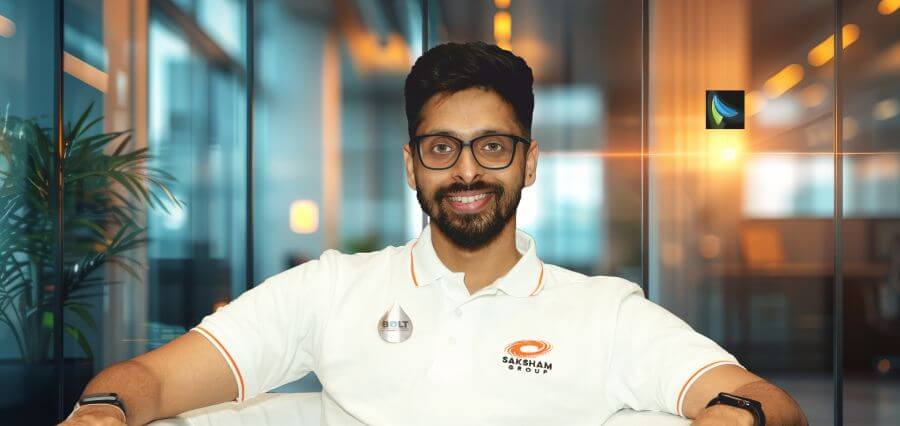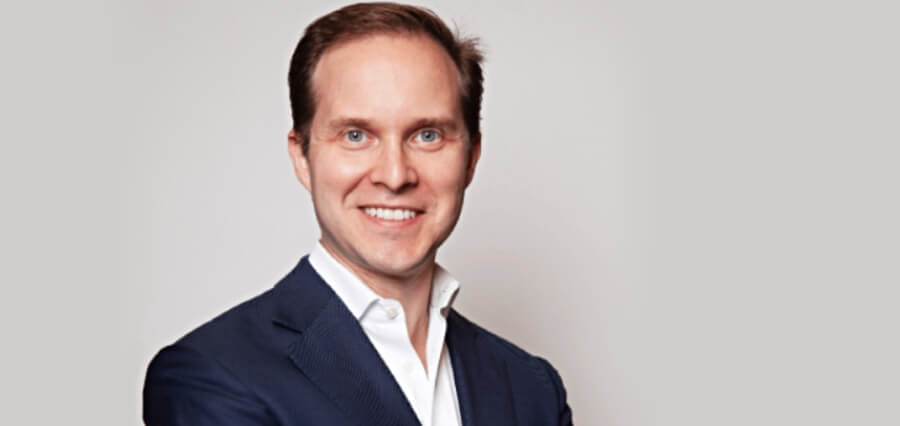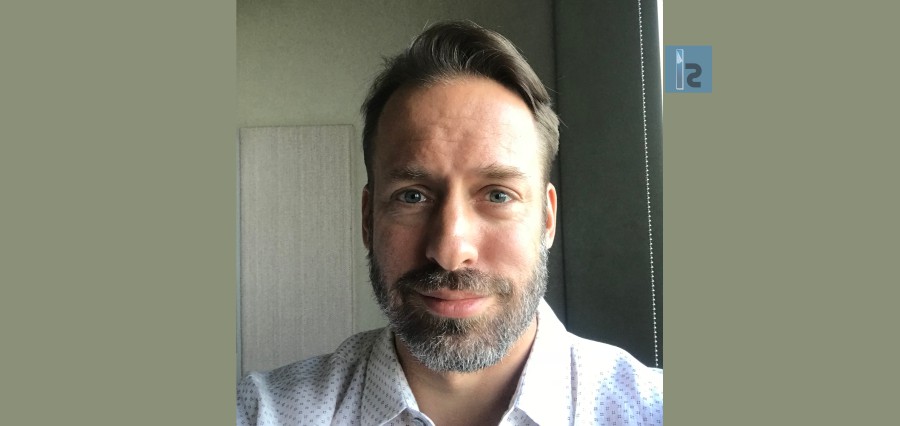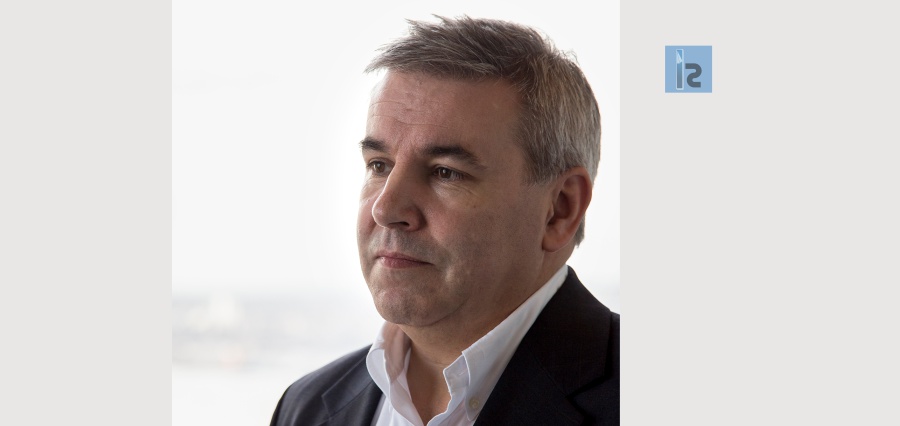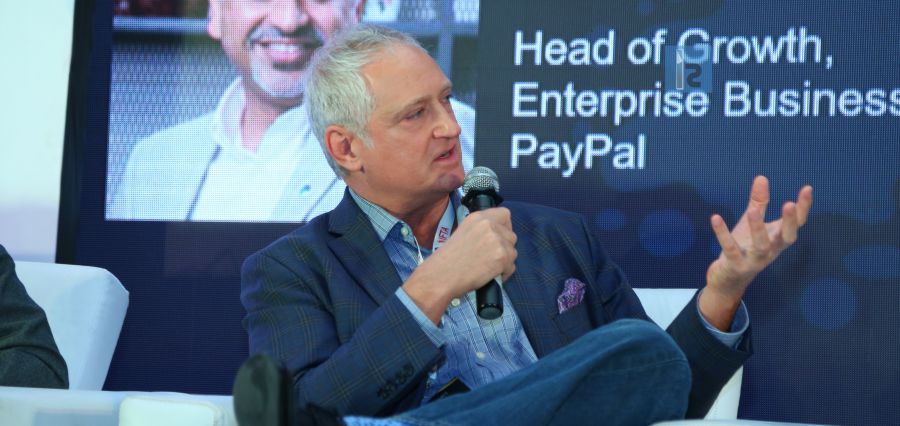In an interview with Insights Success, Hriday Ravindranath, the Chief technology and Information officer of BT’s Global unit, shares his insights on his entrepreneurial journey and global experience in complex IT transformation, strategy, global sourcing, OSS/BSS implementation and business improvement. Hriday has also been recognized as one of the youngest Global CTIOs in the industry.
Below are the highlights of an interview: Can you please elaborate on your journey to becoming a business leader?
I have an MSc in Artificial Intelligence from the University of Edinburgh and also an MSc in Major Programs from Oxford University. I have more than a decade of global experience in the telecommunications sector, specializing in complex IT technology to lead change and digital transformation. Prior to my current role, I held various senior positions in the CTIO team growing organically over the years. BT is a great place to work with plenty of opportunities to learn and grow.
How do you diversify your organization’s offerings to appeal to your target audience?
It is the role of the CTIO to help organizations navigate through unprecedented digital transformation. This is the role I am playing for BT’s Global unit, where we are restructuring the business from the ground up by creating brand new business models focused on growth products. Simultaneously, we are consolidating current systems, reducing complexity and sweating existing assets.
The reason CTIOs are best positioned to do this is because we can identify risks to the current business and spot market trends that could disrupt our industry and markets by exploiting technology advancements such as cloud and software defined networking. The principles that underpin these outcomes are:
- Focus on experiences and moments in the customer journey that truly matter to them.
- Ensure all IT/Business transformation programs are underpinning these digital experiences. For us, these are:
- Human centered on-demand services that are personalized and simple to use for customers
- Highly automated closed loop remediation
- Commercial flexibility (e.g. pay-as you- use models)
- Digital business models
- Easy integration in partners’ ecosystems enabling extended enterprise business models
- Ability to quickly leverage innovation from the broader ecosystem, enabling speed
- Significantly lower cash requirements reducing the cost of IT and enabling more rapid innovation
- Flexible IT model where cost scales with the volume of users or business
- Digital operating models
- Enabling intelligent workflows Ÿ Enabling data-driven decision data and differentiation through data and insights
- Enabling internal process simplification and re-use of assets, platforms and operations
- Leveraging our best of breed solutions and transforming for the Digital Age
What attributes are required to sustain a cutting-edge against competition?
- A Digital Native business
- Failing fast and being agile
- Laser focus on the end customer
- Creating a learning culture
How do you strategize your game plans to tackle the competition in the market?
- Focus on business needs, not technology, and understand how technology is evolving
- Exploit emerging technologies rapidly to stay ahead
- Relentlessly challenge the status quo
- Taking calculated risks
- Creating a rich partner ecosystem
- Bring in, keep and nurture talent
What roadblocks or challenges are faced by leaders in a corporate business? What is your advice to overcome them?
- Trust, transparency and leading by example are key to building confidence within a team.
- Finding the right talent in a demanding ecosystem: Investing the right amount of effort (i.e. identifying talent), time (i.e. communication) and resources (i.e. competitive packages and latest tools to enable recruitment, development and retention)
- Adopting change into business: It is important to communicate well and frequently to the team on the purpose of change to ensure the team is aligned with the overall vision. It is also important to provide them with the right tools and opportunities for training and upskilling to enable a smooth transiti
- Accountability and workforce empowerment: Ensure that employees are empowered to make decisions on the spot to meet customer needs and beat the competiti If they have to wait for a blessing from above, by the time they get the answer, the customer will have moved on and the problem will have changed.
- No upward feedback: There is a need to create a culture of transparency and practice constant feedback to ensure continuous improvement.
- Culture issues, especially with global teams dispersed across various geographical locati We need be empathetic and learn from differing cultural values.
- Difficult People: There will always be people on your team, in your organization, and in your working life who are difficult to work with. We need to adopt different styles of working to ensure cohesive collaborati
How do you upgrade yourself with volatile technological trends to boost your personal growth?
- Take a top-down and bottom-up approach to stay ahead.
- Always set aside time to learn. “Change is the end result of all true learning.” No matter what type of learning, whether if it’s through a webcast or on the job practical experience, it is important to consistently invest in time for learning.
- Peer to Peer networking, open discussions for brainstorming, learning and understanding the latest technological trends.
- Stay current and read the latest research reports. There is no shortage of digital resources to help you identify new technologies in the market.
- Know what is trending in the open-source community.
- Follow the latest tech news and stay connected with inspirational leaders.
- Apply relevant learning into business practices, such as adopting the right technology to propel the business forward.
What will be your future endeavors and where do you see yourself in the near future?
My future endeavors include continuing to transform our business to support the future needs of our global customers as they evolve their digital transformation strategies. To continue to create versatile, fresh and energetic leaders who will become digital champions and change agents. They will be key in disrupting our complex and evolving organization. In the future, I look forward to working with agile and incredibly diverse teams that are fully engaged in continous learning. The skills we will require in 3 to 5 years from now will be dramatically different from our requirements today.







